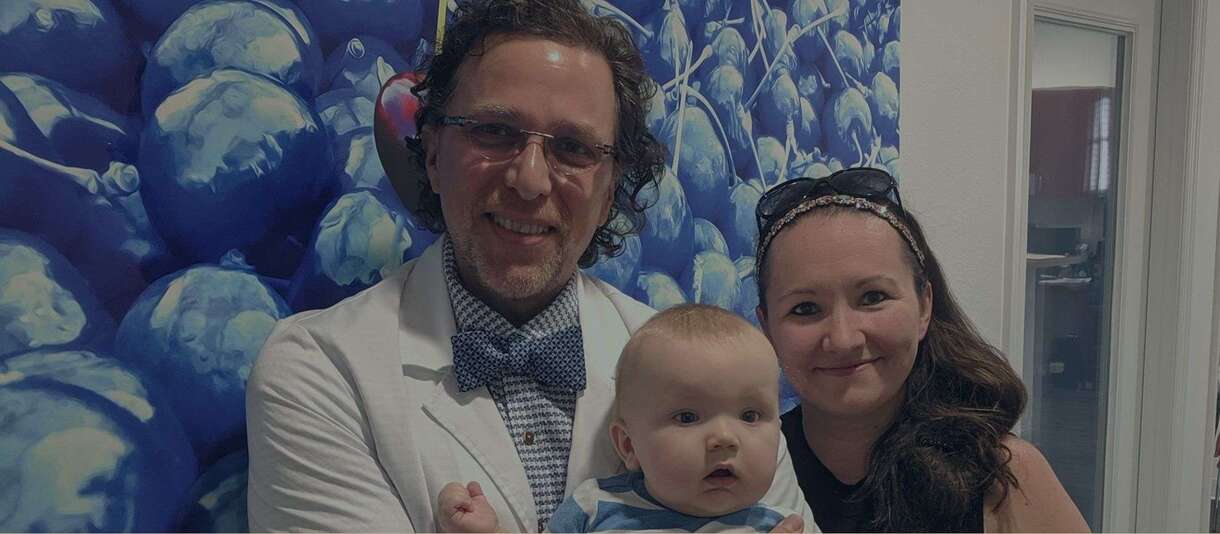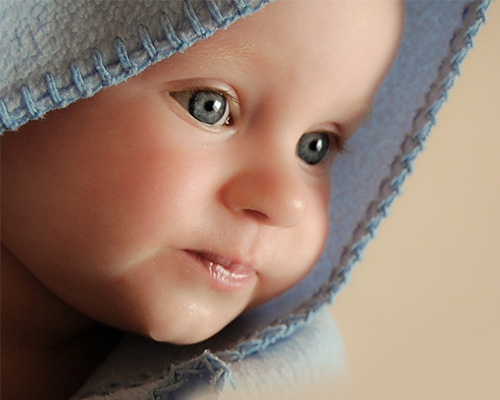Babies born by IVF are NOT at higher risk of birth defects study
The Associated Press
Test-tube babies have higher rates of birth defects, and doctors have long wondered: Is it because of certain fertility treatments or infertility itself? A large new study from Australia suggests both may play a role.
Compared to those conceived naturally, babies that resulted from simple IVF, or in vitro fertilization — mixing eggs and sperm in a lab dish — had no greater risk of birth defects once factors such as the mom’s age and smoking were taken into account.
However, birth defects were more common if treatment included injecting a single sperm into an egg, which is done in many cases these days, especially if male infertility is involved. About 10 per cent of babies born this way had birth defects versus 6 per cent of those conceived naturally, the study found.
Doctors used a technique called preimplantation genetic diagnosis to screen out embryos that would carry either the BRCA-1 or BRCA-2 gene, linked to breast cancer.
It could be that the extra jostling of egg and sperm does damage. Or that other problems lurk in the genes of sperm so defective they must be forced to fertilize an egg.
“I don’t want to scare people,” because the vast majority of babies are born healthy, said the study’s leader, Michael Davies of the University of Adelaide in Australia.
Couples could use simple IVF without sperm injection, freeze the embryos and implant only one or two at a time, he said. All of those can cut the chance of a birth defect.
The study was published online Saturday by the New England Journal of Medicine and presented at a fertility conference in Barcelona, Spain. Health agencies in Australia paid for the research.
More than 3.7 million babies are born each year through assisted reproduction. Methods include everything from drugs to coax the ovaries to make eggs to artificial insemination and IVF. Fertility treatments account for about 4 per cent of births in Australia and as many as 8 per cent of them in Denmark, where costs are widely covered, Davies said.
In the United States, more than 60,000 babies were born in 2009 from 146,000 IVF attempts. About three-quarters of them used ICSI, or intracytoplasmic sperm injection.
ICSI was developed because of male infertility. But half the time, it was not done for that reason but to improve the odds that at least some embryos will be created from an IVF attempt. Many clinics do it in all cases.
IVF costs around $10,000 to $12,000 per attempt and another $2,000 for sperm injection.
The study used records on nearly 303,000 babies conceived naturally and 6,163 conceived with help in Australia from 1986 through 2002, plus records on birth defects detected by age 5. Researchers counted heart, spinal or urinary tract defects, limb abnormalities and problems such as cleft palate or lip, but not minor defects unless they needed treatment or were disfiguring.
They looked at birth defect rates according to type of fertility treatment. They also had three comparison groups of women who conceived naturally, including some with some history of infertility or who previously needed help to get pregnant.
Among fertility treatments, only ICSI, the sperm injection, resulted in higher rates of birth defects once other factors that affect these odds were taken into account.
“They take a sperm that is probably not normal and force it to conceive,” said Dr. Darine El-Chaar, an OB-GYN at Canada’s University of Ottawa. She led a smaller previous study of this and called the new work impressive and “the study that needed to be done” to sort out the source of these risks.
In the study, frozen embryos were less likely to result in birth defects than fresh ones used soon after they were created. Defective ones may be less likely to survive freezing and thawing, so the fittest embryos result in pregnancies, Davies said.
Babies born to women with a history of infertility who ended up conceiving on their own, or who had natural pregnancies after assisted ones, also had higher rates of birth defects. That suggests that infertility itself is playing a role.
Dr. Glenn Schattman, president of the Society for Assisted Reproductive Technologies and a Cornell University fertility specialist, said it was reassuring that ordinary IVF is safe. If ICSI is chosen because male infertility is involved, “parents have to be aware that by having a child with their own genetic material, they might be increasing their risk” of a birth defect, he said.
Dr. Joe Leigh Simpson, a geneticist and research chief at the March of Dimes, said doctors should take this work seriously and discuss it with patients. He said techniques have improved over the last decade and ICSI may be safer now than when this study began.
Even with genetic testing for various diseases, “we always tell our patients that this doesn’t guarantee a perfect baby,” he said.
Dr. Julio E. Pabon, Medical director of Fertility Center and Applied Genetics of Florida and faculty member of Florida State University College of Medicine, agreed with Dr. Simpson’s comments while adding that congenital anomalies seen when ICSI is used to overcome a very severe male factor problem, there may be genetic aberrations present in the father that increase the risk of urogenital anomalies in the male children because the genetic information for the genes that may have caused the infertility may be closely linked to other developmental genes. The anomalies are uncommon and are usually easily diagnosed and treated. “Couples do not choose to use a sperm donor to avoid ICSI.”


